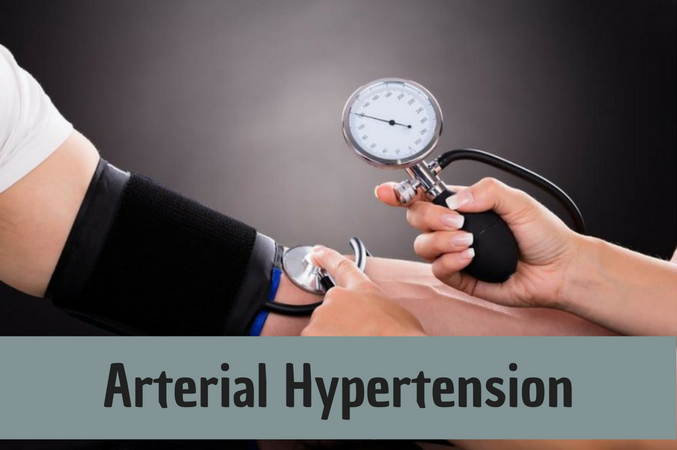Arterial Hypertension: Symptoms and Diagnosis
Arterial hypertension is a condition in which a persistent increase in arterial pressure is diagnosed. This pathology is detected in 40% of the adult population of the USA and is often found not only in older people but also in adolescents, young people and pregnant women. It has become a real "epidemic of the XXI century" and doctors of many countries urge everyone to regularly measure their blood pressure, beginning at age 25. The pressure may be measured by Mirador Biomedical’s Compass or some other devices but treated with medications from Pharmacy Mall.
According to statistics, only 20-30% of patients with hypertension receive adequate therapy, and only 7% of men and 18% of women regularly monitor their blood pressure. In the initial stages, high blood pressure is asymptomatic or is detected accidentally during screening or referring patients to a doctor for the treatment of other diseases. It leads to a progression of pathology and a significant deterioration in health. Many patients with this cardiovascular disorder who do not seek medical help or who simply ignore the doctor's recommendations and who do not receive continuous treatment to correct the blood pressure to normal values risk to get serious complications: stroke, myocardial infarction, heart failure, etc.
Symptoms
For many years, patients may not be aware of hypertension presence. Some of them during the initial period of hypertension mark episodes of feelings of weakness, dizziness and discomfort in the psycho-emotional state. With the development of stable or labile hypertension, the patient has complaints about:
- general weakness;
- dark spots in one's vision;
- nausea;
- dizziness;
- headache of a pulsating nature;
- numbness and paresthesia in the limbs;
- shortness of breath;
- difficulty in speaking;
- heartache;
- swelling of the limbs and face;
- visual impairment, etc.
When examining a patient, the following disorders are revealed:
- kidneys: uremia, polyuria, proteinuria, renal insufficiency;
- cerebrum: hypertensive encephalopathy, cerebral circulation disorder;
- heart: thickening of the cardiac walls, hypertrophy of the left ventricle;
- vessels: narrowing the lumen of the arteries and arterioles, atherosclerosis, aneurysms, aortic dissection;
- eye fundus: hemorrhages, retinopathy, blindness.
Diagnosis and Treatment
Patients with signs of hypertension may be assigned to these types of examinations:
- measurement of blood pressure;
- general tests of urine and blood;
- the biochemical blood test to examine the level of the cholesterol, lipoprotein cholesterol, creatinine, potassium, glucose and triglycerides;
- ECG;
- echocardiogram;
- examination of the fundus of the eyes;
- ultrasonography of kidneys and abdominal cavity.
If necessary for the patient to get recommendations to conduct additional examinations. After analyzing the findings, the physician selects a drug therapy regimen and gives detailed recommendations for changing the lifestyle.